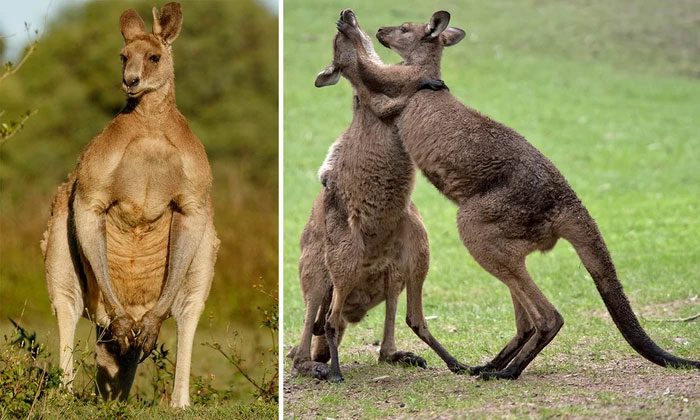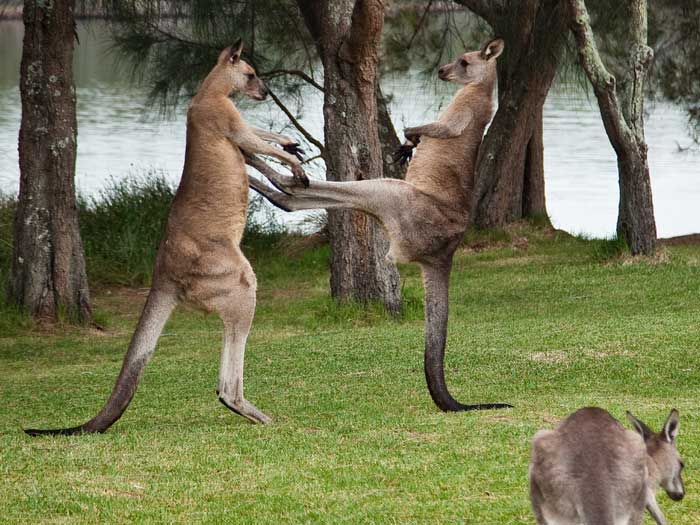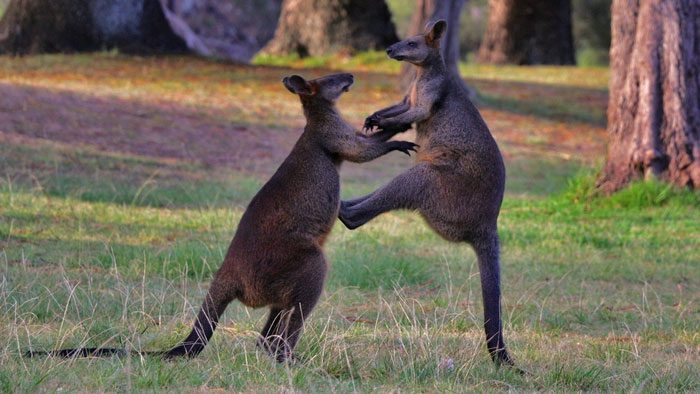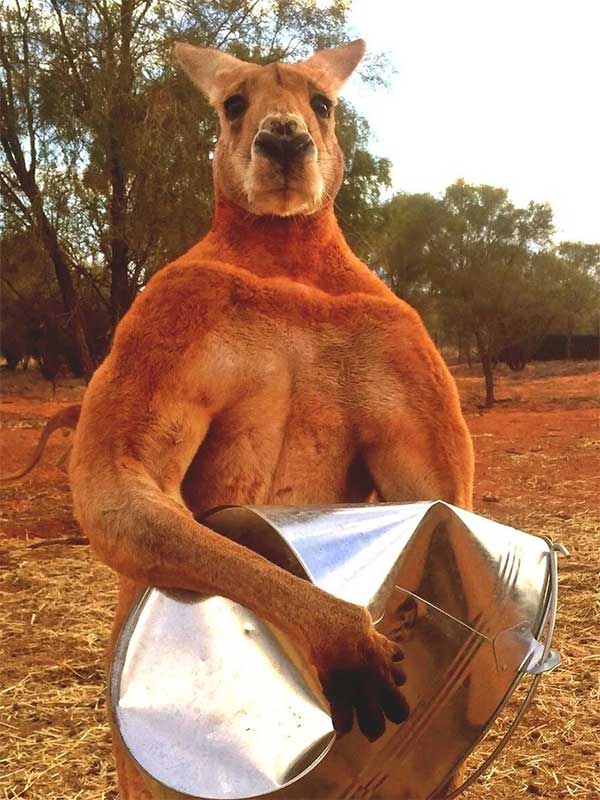Regenerating Knee Ligaments Using Kangaroo Tissue Marks a New Advance in Medicine, with Human Trials Set for 2024.
Orthopedic surgeon Nick Hartnell, one of the study’s authors, stated: “I have always considered kangaroos to be the greatest athletes in nature.” They truly are animals with remarkable physical capabilities – they can jump up to 12 meters, clear three-meter high fences, and leap at speeds of 70 km/h.
“Watching this animal made me start to wonder how much of their physical ability is related to the way their tendons are formed and whether they could be used to replace torn ligaments in humans,” he said.
After several years of research, Hartnell and his team are moving toward clinical trials of xenograft transplants to restore injuries such as anterior cruciate ligament (ACL) tears.

Kangaroo Tendons are a type of biological material that is compatible with the human body and not rejected. Researchers have developed a technique to process kangaroo tendons to eliminate cells and other components that could trigger immune reactions.
Xenograft transplants involve using organs or tissues from another species for grafting, a method commonly applied in medicine, particularly in surgeries such as replacing heart valves with valves from pigs. However, biological compatibility poses a significant barrier to this method. The research team believes they have successfully cracked this barrier and ensured that “foreign” kangaroo tissue will not be rejected by the human recipient’s body.
Dr. Hartnell remarked: “Xenografts – using tendons from other species – have the potential to become a better option, but so far, medicine has struggled to find a suitable donor species with strong, durable tendons that are not rejected.”
While kangaroo tissue may not grant anyone super-jumping abilities, it offers a promising alternative to current treatment methods.

The research team has tested on animal models and shown that kangaroo tendons can be grafted into torn knee ligaments and support the healing process.
In the United States, there are approximately 200,000 ACL tears each year, with up to a quarter of them requiring additional surgery. The nature of the injury necessitates grafts taken from other parts of the patient’s body, which often prolongs recovery time and causes pain. Grafts from deceased donors and artificial sources also present various challenges for surgeons.
Dr. Hartnell stated: “The supply of tendons from deceased donors is very limited, and unfortunately, even when a graft is successful, the recovery function tends to be less than we hope for, leaving patients with weaker knees compared to normal.”
He added: “Moreover, up to a quarter of all ACL reconstructions fail. When that happens, patients may suffer damage to both ligaments at once, or they may sustain a second injury, making recovery very difficult.”

Researchers hope that kangaroo tendons will provide a safe, effective, and sustainable solution for treating knee ligament injuries, one of the most common injuries in sports and physical activities.
Kangaroo tendons not only have the potential to be the best option but can also be sourced from various locations.
Dr. Hartnell further noted: “They excel biologically compared to human tendons, and currently, all that potential is being wasted because the tendons harvested from kangaroos are not used for anything.”
The research team hopes that a successful human trial will pave the way for the use of kangaroo tendons in surgeries worldwide.

Kangaroo, a characteristic marsupial of the Australian continent. Among over 300 species of marsupials worldwide, it is the largest.
|
In Australia, there are four different species of kangaroo, classified by size, fur color, and habitat. These are the Red, Antilopine, Eastern Gray, and Western Gray. The most common is the red kangaroo, scientifically named Osphranter rufus (translated as “big red foot.”), and for red kangaroos, this name is quite literal, as they are indeed “big and red.“ Adult red kangaroos are covered in a short coat of reddish-brown or orange-red fur, with lighter fur on their bellies and limbs. Their average height can reach from 1.4 to 1.6 meters. When supported by their tail, they appear slightly taller, nearly the height of an adult human. Their weight can reach up to 100 kg. Once they have locked onto their target, red kangaroos use their thick tails for balance. They then leap, using their entire body strength to deliver a powerful kick forward. This kick can generate a force of about 340 kg. |


















































